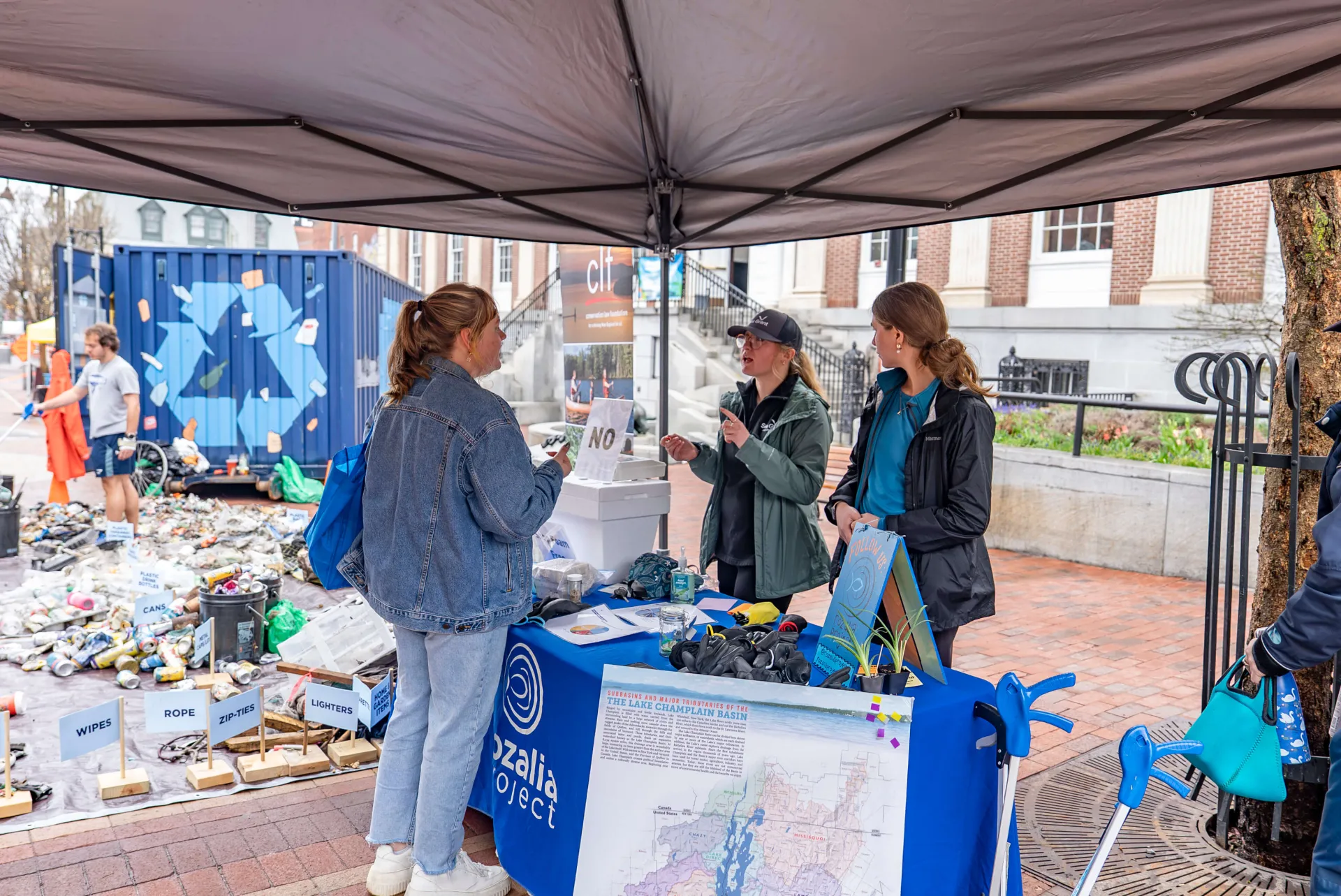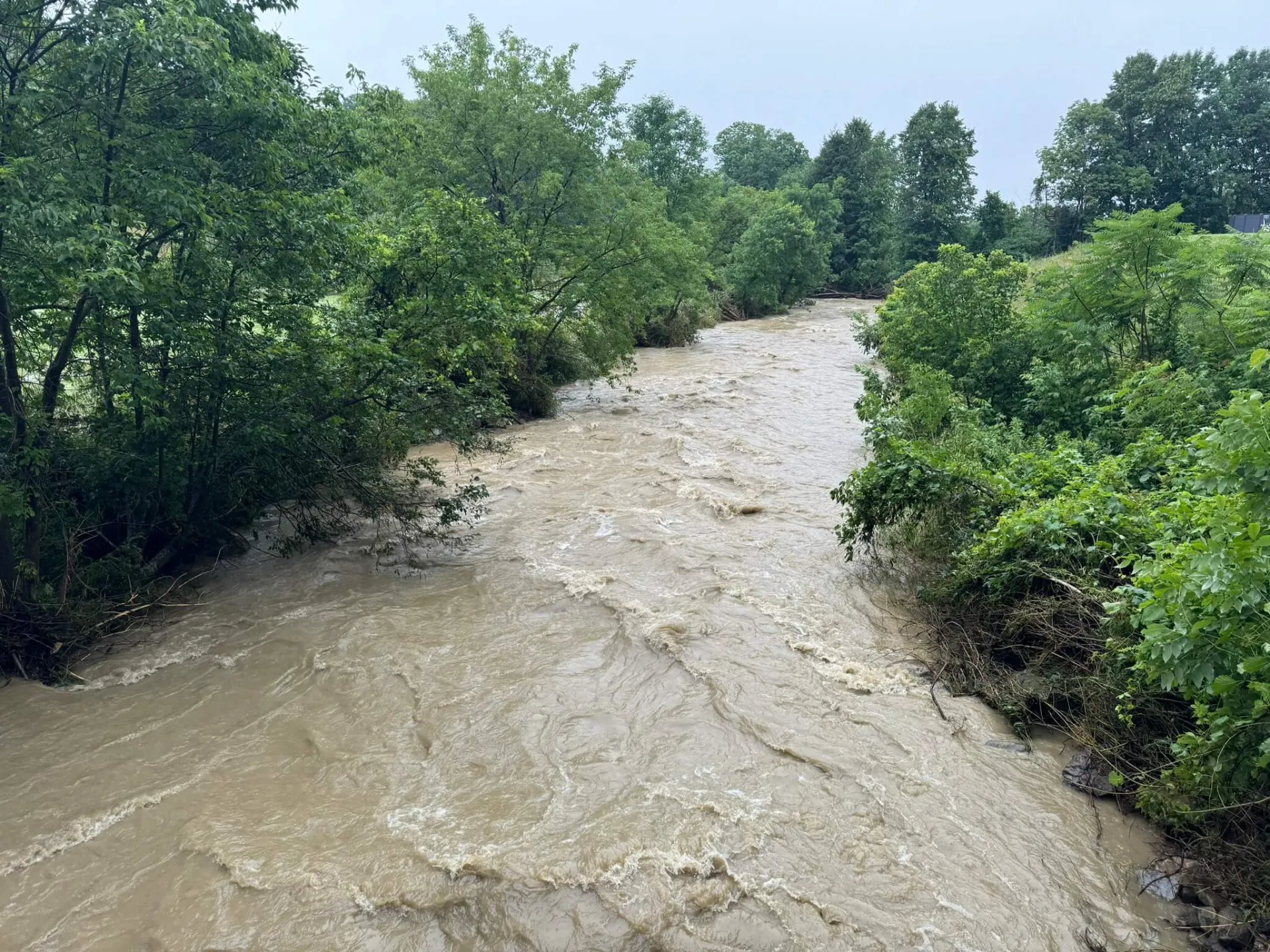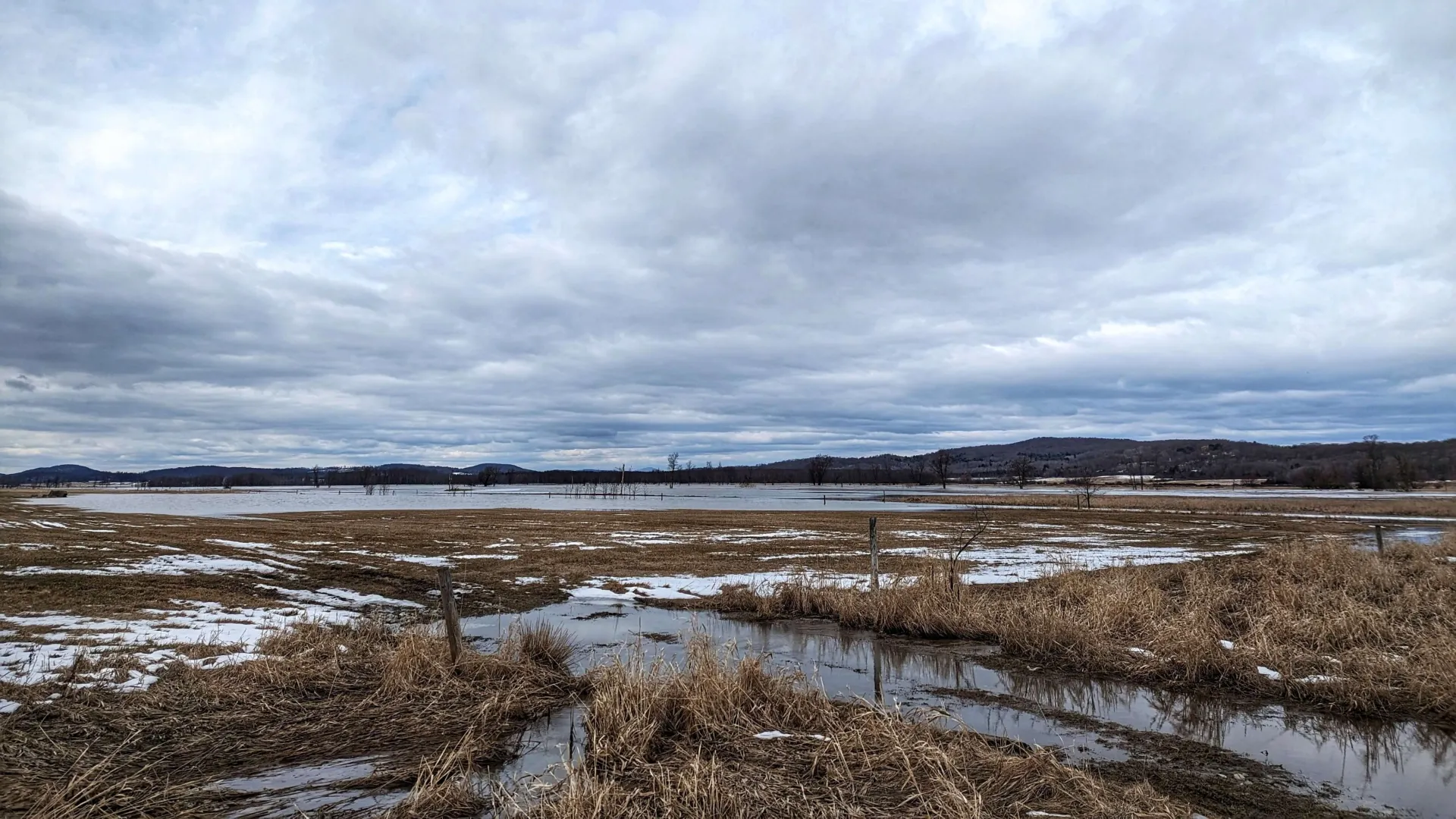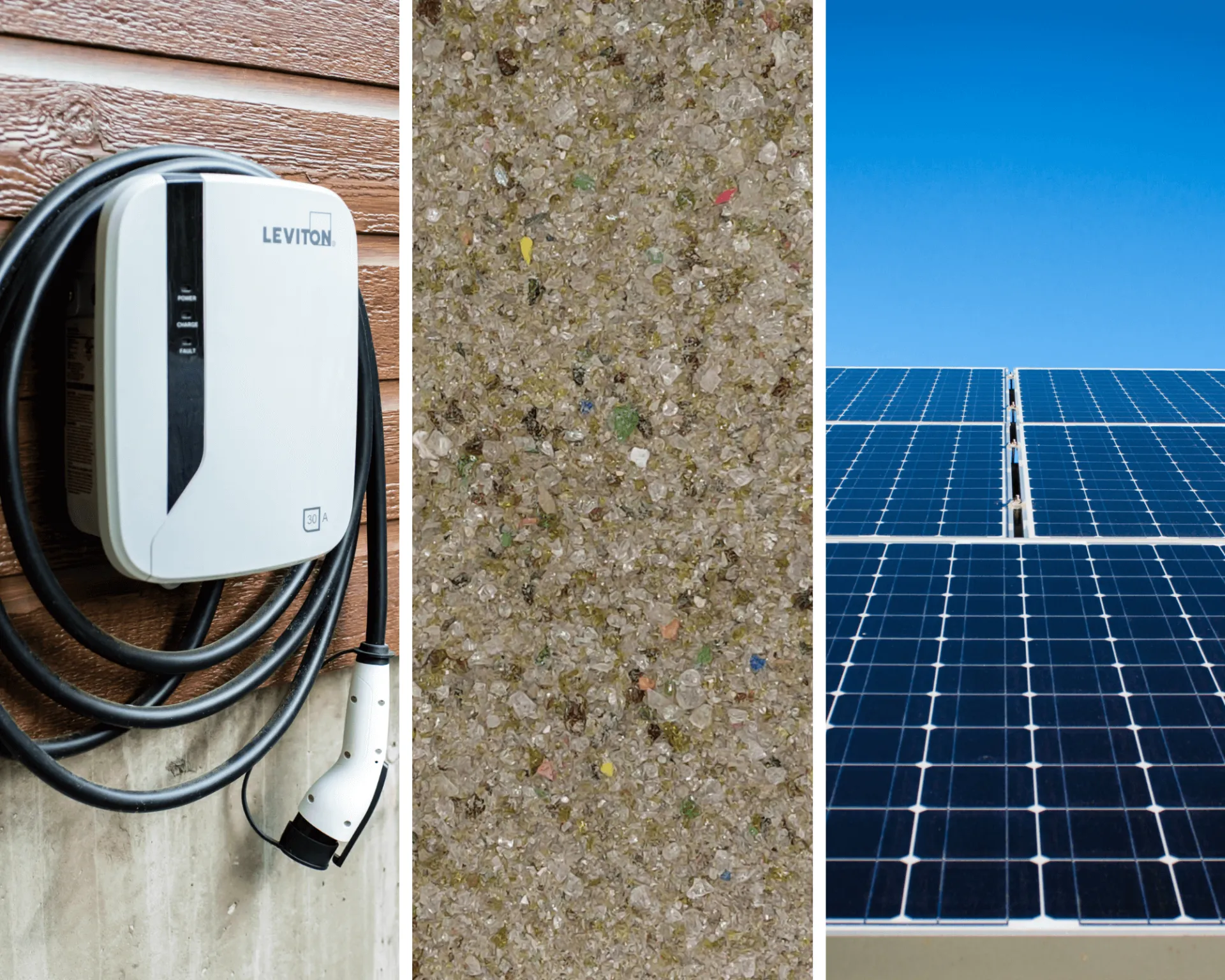The flood of 1927. Tropical Storm Irene in 2011. Historic flooding in 2023 and 2024. Vermonters are no strangers to extreme weather and the ways climate change exacerbates the impacts of natural disasters. But when the worst happens, Vermonters don’t see strangers—only neighbors who need help.
As Vermont’s land-grant university, the University of Vermont, too, aims to serve the people of the Green Mountain State. From agriculture to zoology, the research that happens here helps keep Vermont’s woods and waters clean, Vermont farms productive, and communities safer and healthier.
This summer, we’re sharing environmental research that improves lives and livelihoods in Vermont every day. Today, we’re highlighting two water-centric programs based at UVM that are helping residents of the Green Mountain State.
Lake Champlain Sea Grant
Lake Champlain Sea Grant (LCSG), part of the National Sea Grant College Program, has been supporting communities in addressing local water resources needs since 1999. By developing and sharing science-based knowledge, LCSG benefits both the environment and the economies of the Lake Champlain basin, with the long-term goal of building resilience.
“We all need water to survive,” explains Kris Stepenuck, one of the program’s associate directors. “In Vermont, there is a particularly strong focus on Lake Champlain because it is not only our drinking water, but it’s also our recreation and our tourism. It’s to drink, to live by, and to swim in.”
In many ways, education is the backbone of LCSG. With about 20 researchers, outreach specialists, and educators from both UVM and SUNY Plattsburgh, the program offers immersive, place-based learning experiences, bringing students and scholars to the water and even on the lake itself. For many participants, it’s their first time on Lake Champlain.
Those moments are powerful.
“A few years ago, with the Vermont Migrant Education Program, we brought a group of migrant farmworkers on the Marcelle Melosira, UVM’s research vessel. They had never been on the lake,” reflects Stepenuck. “They had the opportunity to experience the water first-hand and look back at the shore from the vessel.”
By helping individuals make personal connections to the lake, the program raises awareness and encourages a sense of stewardship about the environmental challenges facing basin residents, their causes, and potential solutions.
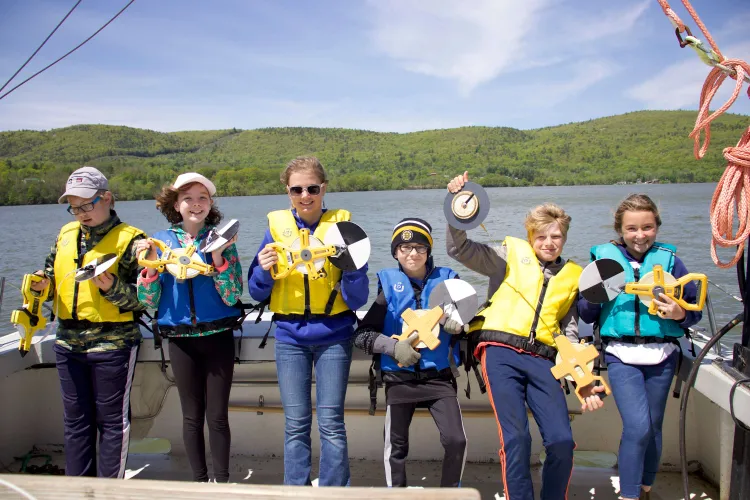
LCSG’s work is far-reaching.
In 2024, Sea Grant-supported education programs engaged 3,738 people, and their programming reached 2,471 K-12 students and 139 educators. The economic benefits of the program’s activities are estimated at over $43 million in the last year alone.
From youth education in the classroom and aboard the research vessel, to workforce development training for real estate professionals, state employees, and marina owners, LCSG is helping Vermonters understand the water, land, and human connection.
One major knowledge barrier they address is Lake Champlain’s large land-to-water ratio. At 19 to 1—or nineteen times the area of the lake draining into its waters—the Lake Champlain basin faces unique water quality challenges. By comparison, the Great Lakes average just two to one.
“There’s a very big connection between land use and water quality here that we are trying to address,” Stepenuck explains. “What happens on land is impactful to Lake Champlain, from storm water runoff and road salt use to nutrient pollution and erosion.”
LCSG doesn’t just educate on these issues; it funds research to create real-world solutions that communities and policymakers can use.
Their guidance on stormwater best practices now informs statewide management strategies, protecting the environment from further pollution. LCSG’s road salting program educates not only municipalities, but commercial salting companies, on the harmful effects of this practice on the environment, resulting in reduced salt use across thousands of lanes of highways. One community even cut their salt usage by about 40%.
“We've only got one lake,” says Stepenuck. “If we don't take steps to protect it now, it will not be the same lake for future generations. That impacts our health and our economy.”
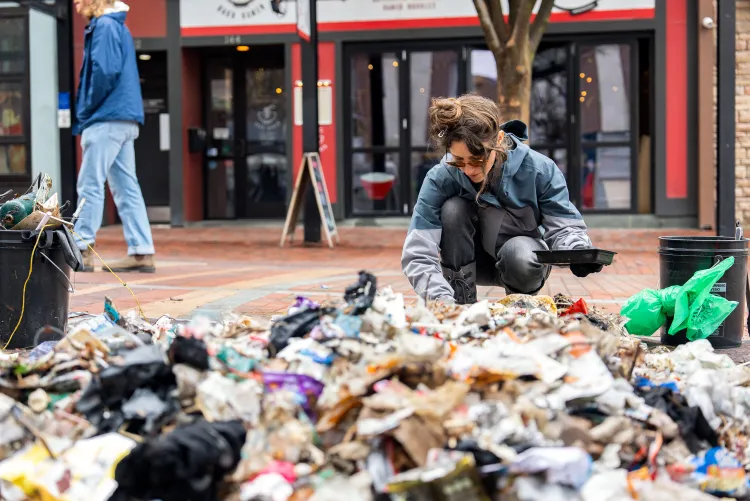
Vermont Water Resources and Lake Studies Center
Housed at UVM’s Rubenstein School of Environment and Natural Resources, the Vermont Water Resources and Lake Studies Center is one of 54 federally funded water institutes established by the Water Resources Research Act of 1964.
Each year, the center funds five to six new projects that tackle Vermont’s most pressing water resources issues. The needs are determined by a panel of professionals from state agencies, regional planning commissions, non-governmental organizations, and local governments.
Road salt. Flooding. Changing winters. Snowmelt dynamics. Harmful algal blooms. Ice cover patterns. These are all dynamic problems Vermonters are concerned about, and research on all of them has been funded by the center.
One of the main priorities of the center is to support emerging scientists. By funding worthy projects of students and early-career faculty, the center fosters the entry of new research scientists, engineers, and technicians into water resource fields.
“One of the things that I really love about the Water Center projects is that we prioritize supporting student research,” says Anne Jefferson, the director of the program. “We give students extra resources to pursue a project that maybe their core funding doesn't allow, whether that be an extra set of analysis or working with additional communities.”
For example, Samantha Grant, an MS candidate at UVM, is developing a “Vulnerable Vermonters Index” with Water Center funding. She is identifying which communities across Vermont face both flood risk and heightened socio-economic vulnerability.
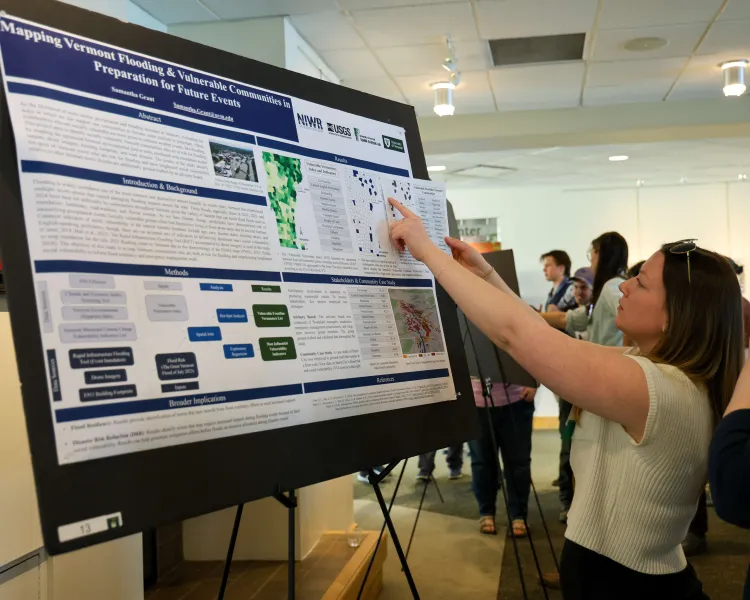
By blending mapping and modeling, she is working to inform emergency managers and flood resiliency stakeholders where equitable flood hazard mitigation efforts can be implemented.
“This work is important in building a more flood-resilient Vermont through an equity lens,” says Grant. “This will ensure that all Vermonters have the opportunity to become more resilient to future flood hazards in the face of climate change.”
Every year, the center’s research portfolio changes, but its mission remains the same: to apply research expertise and communications to address Vermont’s water resource challenges.
